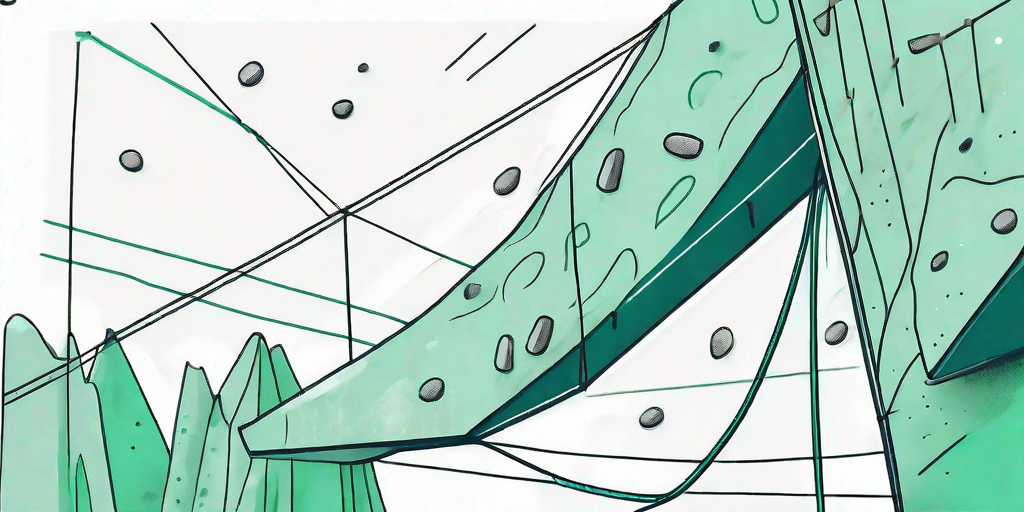
Climbing, whether it's a mountain, a rock wall, or a particularly challenging tree, is an exhilarating sport. It's a test of strength, endurance, and courage. But it's also a test of your ability to keep your hands from looking like they belong to a Smurf. That's right, we're talking about the dreaded blue chalk fingers. But fear not, dear climbers, for we have the solutions to keep your digits looking fresh and chalk-free.
Understanding the Blue Chalk Phenomenon
What is Climbing Chalk?
Climbing chalk, also known as magnesium carbonate, is a climber's best friend. It's there to absorb sweat, improve grip, and generally make life easier when you're hanging off a rock face by your fingertips. But like any good friend, it can sometimes leave its mark... in this case, a blue one.
So, why does climbing chalk turn blue? The answer lies in the dye that some manufacturers add to their chalk. This dye is harmless and is added purely for aesthetic reasons. However, it can leave a blue residue on your hands after a climbing session.
Why Should You Care?
Now, you might be thinking, "So what if my hands turn blue? It's a badge of honor!" And while we admire your spirit, there are a few reasons why you might want to avoid the Smurf-hand look. First, it can be a pain to clean off. Second, it can stain your clothes and gear. And third, let's be honest, it's just not a great look.
But don't despair! With a few simple steps, you can avoid the blue chalk fingers and keep your hands looking as clean as a whistle.
How to Avoid Blue Chalk Fingers
Choose Your Chalk Wisely
The first step in avoiding blue chalk fingers is to choose your chalk wisely. Not all climbing chalks are created equal, and some are more likely to turn your hands blue than others. Look for chalk that is dye-free or that uses a natural dye that won't stain your hands.
It's also worth considering liquid chalk. This type of chalk is less messy than traditional chalk and is less likely to leave a residue on your hands. Plus, it's often more effective at absorbing sweat, which can improve your grip and performance.
Use Chalk Sparingly
Another tip to avoid blue chalk fingers is to use chalk sparingly. It's easy to get carried away and slather your hands in chalk, but this can actually be counterproductive. Too much chalk can create a slippery layer on your hands, reducing your grip. Plus, the more chalk you use, the more likely you are to end up with blue fingers.
Instead, try to use just enough chalk to keep your hands dry and improve your grip. This will not only help to prevent blue fingers, but it will also save you money on chalk in the long run.
FAQs
Why does climbing chalk turn blue?
Climbing chalk turns blue due to the dye that some manufacturers add to their chalk. This dye is harmless and is added purely for aesthetic reasons.
How can I avoid blue chalk fingers?
You can avoid blue chalk fingers by choosing dye-free or natural-dyed chalk, using chalk sparingly, and considering the use of liquid chalk.
Is blue chalk harmful?
No, the blue dye in climbing chalk is not harmful. However, it can be a nuisance as it can stain your hands, clothes, and gear.
Conclusion
So there you have it, climbers. With a little bit of knowledge and a few simple steps, you can avoid the dreaded blue chalk fingers and keep your hands looking clean and fresh. So go forth, conquer those cliffs, and remember: it's not about the color of your chalk, it's about the grip it gives you. Happy climbing!















